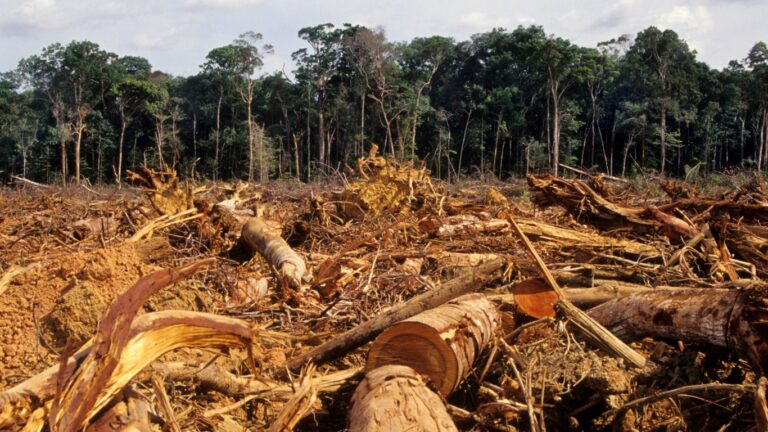Killers on the move! Climate change is spurring this deadly menace to flee to cooler areas.

As we have noted, global warming is having a devastating effect on the world’s wine industry, with a study in the journal Nature noting that “About 90% of traditional wine regions in coastal and lowland regions of Spain, Italy, Greece and southern California could be at risk of disappearing by the end of the century because of excessive drought and more frequent heatwaves with climate change.”
READ MORE ON CLIMATE MIGRATION: Huge Number Of Americans Want To Move Due To Climate
READ MORE ON CLIMATE MIGRATION: Where Will The Wealthy Go When Miami Becomes Uninhabitable?
And this has led winemakers to look north, with, for instance, the number of English vineyards having grown in leaps and bounds in the last half-century and grapes even being grown in Norway and Sweden.
Well, maybe something else was seeing this get-away-from-the-heat trend. Yes, a study recently published in The Lancet Planetary Health details how there is likely to be a large-scale migration of venomous snakes into new regions in Asia and Africa.
The researchers forecast that Nepal, Niger, Namibia, China, and Myanmar will gain the most venomous snake species from neighboring countries under a heating climate.
The study looked at the geographical distribution of 209 venomous snake species known to bite humans to find where various types might find livable climatic conditions by 2070.
“Our research shows that when venomous snakes start showing up in new places, it’s a wake-up call for us to start thinking about how we can keep ourselves and our environment safe,” the study authors wrote.
It’s a significant issue: The World Health Organization (WHO) estimates that 1.8 to 2.7 million people are bitten by venomous snakes each year, causing up to 138,000 deaths and at least 400,000 amputations and permanent disabilities, with WHO in 2017 categorizing poisonous snakebites as a neglected tropical disease of the highest priority.
“We are now finally getting a better handle on how snakes will change their distributions with climate change but there is also a major concern that they will bite more people if warm temperatures, severe wet weather events, and flooding that displaces snakes and people get more frequent,” said Anna Pintor, a research scientist with the WHO’s neglected tropical diseases group. “We urgently need to understand better how exactly this will affect where people get bitten, and how many people get bitten, so that we can prepare.”
Maybe it’s time to move to Ireland. Why, because it, famously, has no snakes.
More from ClimateCrisis 247
- Global Deal On Plastic Pollution Falls Apart
- Lies About Climate Disaster Could Be Blocked By AI
- Only One Nation In The World Can Feed Itself
- Melting Glaciers Could Drive Volcanos






